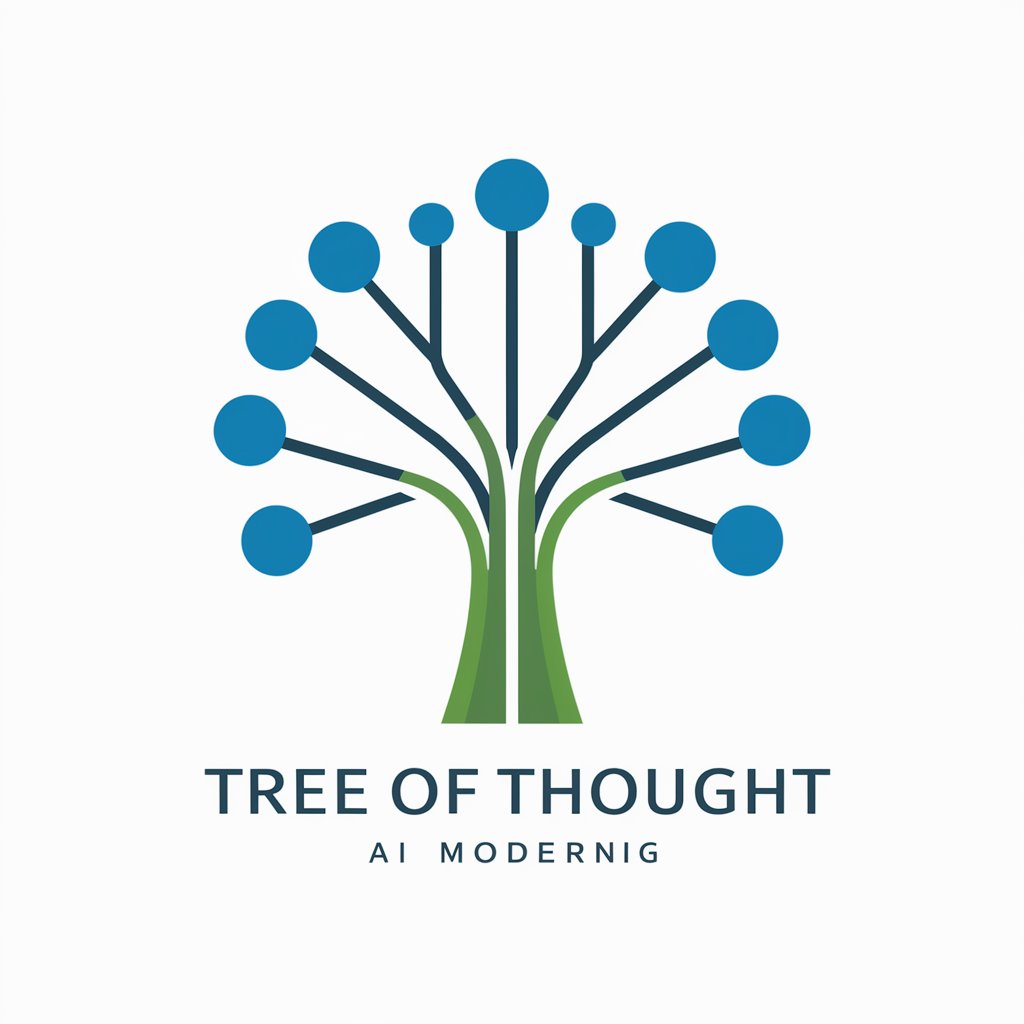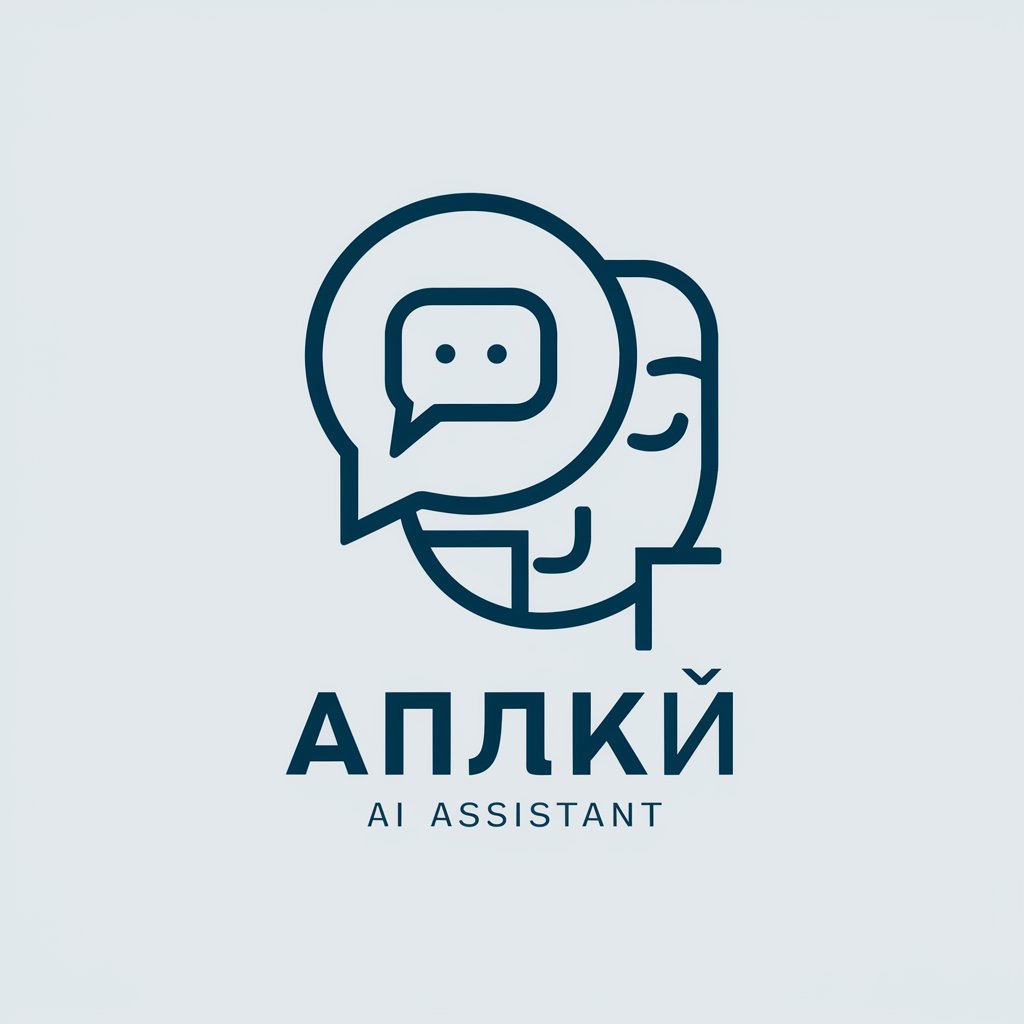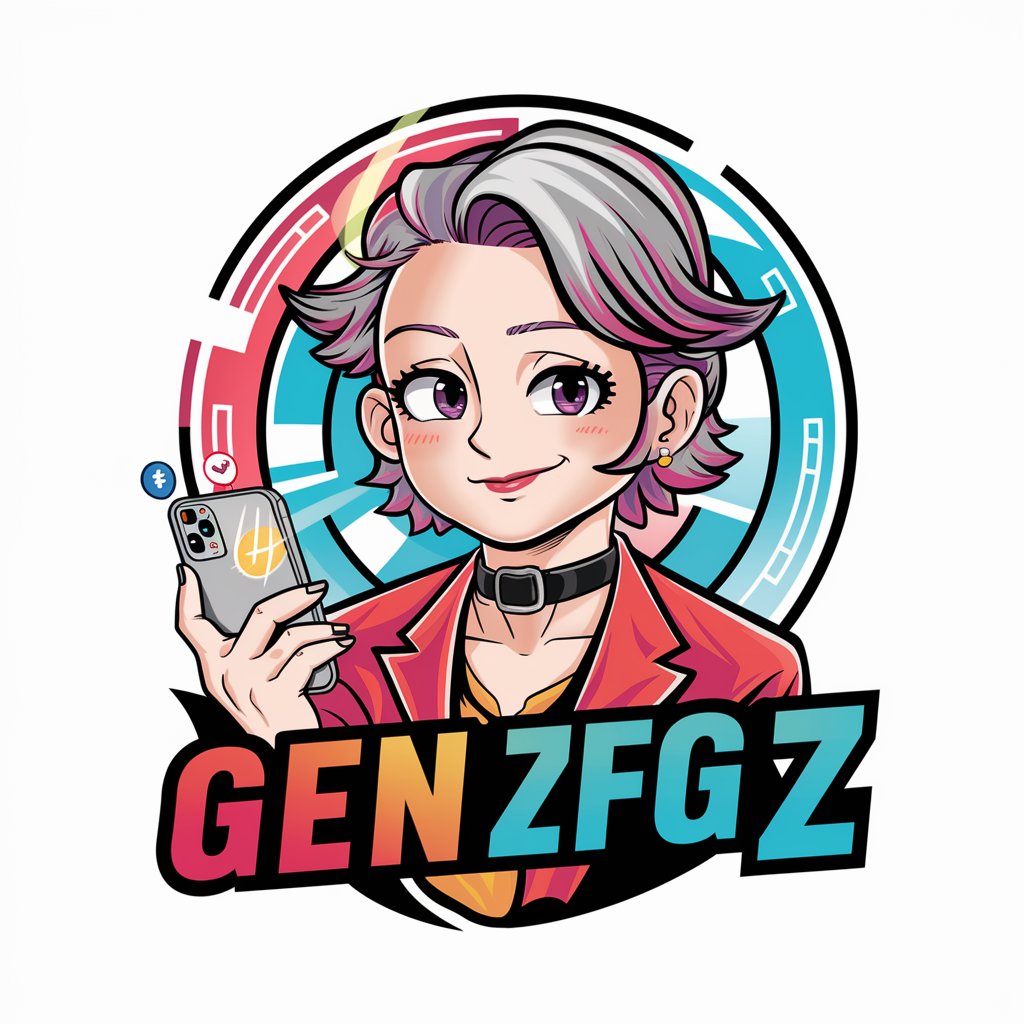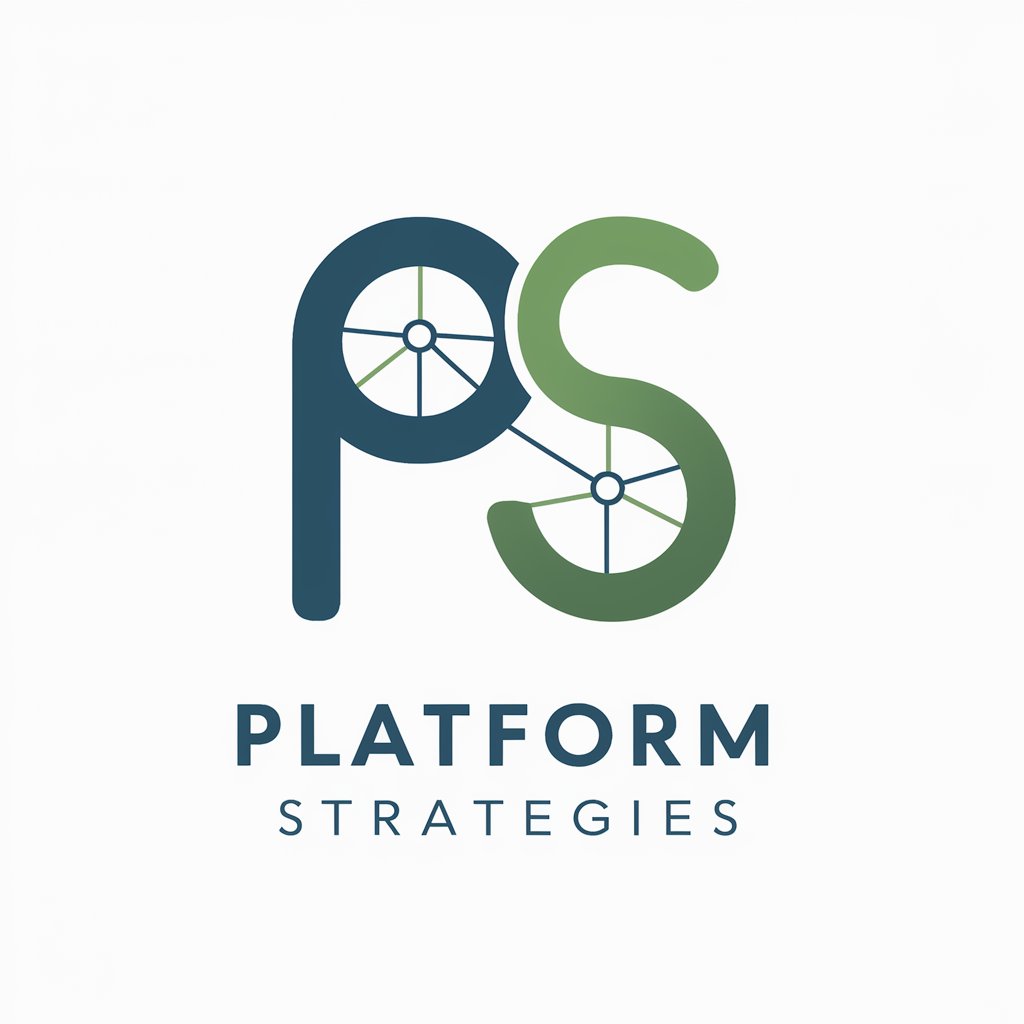Tree of Thought - Multi-Path Reasoning AI

Welcome! Let's explore thoughtful solutions together.
Unleash Creativity with AI-Powered Insights
Analyze the components of the question to...
Break down the problem into logical sub-questions to...
Evaluate the clarity and relevance of each intermediate thought to...
Synthesize key insights from the reasoning process to...
Get Embed Code
Understanding Tree of Thought
Tree of Thought is designed as an advanced, specialized version of ChatGPT, focused on exploring and analyzing questions through a structured, multi-path reasoning process. Unlike standard models that directly aim for an answer, Tree of Thought breaks down queries into sub-questions, evaluates multiple reasoning paths, and synthesizes insights to deliver a comprehensive understanding. This model excels in situations where nuanced, complex reasoning is required, offering clarity and depth by examining different angles and connections between concepts. For instance, when presented with a question about the impact of technology on society, Tree of Thought wouldn't merely list benefits and drawbacks. Instead, it would dissect the question into areas such as social interaction, privacy, and employment, exploring each through various lenses like historical comparisons, current trends, and future projections. Powered by ChatGPT-4o。

Core Functions of Tree of Thought
Complex Question Dissection
Example
Breaking down the query 'What are the ethical implications of AI in healthcare?' into sub-questions like 'How does AI affect patient privacy?' and 'What are the consequences of AI decision-making on healthcare quality?'
Scenario
This function is crucial in academic research, policy development, and ethical committee reviews, where understanding multifaceted issues in depth is necessary.
Multi-Path Reasoning
Example
Exploring the question 'How will climate change affect future urban planning?' by considering environmental, social, and technological impacts separately, then integrating these perspectives to form a holistic view.
Scenario
Used in environmental consultancy, urban development planning, and governmental policy-making to ensure comprehensive assessments that account for various future scenarios.
Synthesis of Insights
Example
Combining insights from diverse fields to answer 'What lessons can modern startups learn from historical trade routes?' by examining economic, cultural, and technological aspects.
Scenario
Beneficial for entrepreneurs, business strategists, and educators looking to draw on historical parallels to inform contemporary decision-making and strategy development.
Target User Groups for Tree of Thought
Researchers and Academics
Individuals engaged in scholarly research who require deep dives into complex topics, benefit from the ability to dissect and analyze questions from multiple angles, facilitating a richer understanding and innovative insights.
Policy Makers and Analysts
Professionals involved in crafting policies or conducting analyses on societal issues who need to consider various perspectives and potential outcomes to make informed, nuanced decisions.
Strategic Planners and Consultants
Experts advising businesses or organizations on long-term strategies who can use the model's capacity for thorough analysis and synthesis to identify opportunities, risks, and innovative solutions.

How to Use Tree of Thought: A Step-by-Step Guide
Start Your Journey
Begin by visiting yeschat.ai to explore Tree of Thought with a free trial, no login or ChatGPT Plus subscription required.
Identify Your Needs
Consider what you hope to achieve using Tree of Thought. Common use cases include solving complex problems, generating creative ideas, and understanding intricate concepts.
Engage with Prompts
Use specific, detailed questions or prompts to interact with Tree of Thought. The more detailed your input, the richer and more comprehensive the responses.
Experiment and Explore
Don't hesitate to explore various questions and scenarios. Tree of Thought is designed to handle a wide range of topics with depth and nuance.
Utilize Feedback Loops
Leverage the feedback mechanism to refine your inquiries or explore different reasoning paths. This iterative process enhances your understanding and the tool's efficacy.
Try other advanced and practical GPTs
Media Bias Checker by UnbiasedNYT
Unveiling Bias with AI Precision

MyHeart
Empowering Parents with AI-Driven Heart Care

🗣️
Empowering creativity and efficiency with AI.

SenpaiSidekick
Anime-inspired AI, Personalized for You

Black Friday & Cyber Monday Deals 2023
Unlock Savings with AI-Powered Deals

Platform Strategies
Connecting Markets, Innovating Interactions

Yoast SEO Optimized Article Writer Including FAQ'S
Elevate Your SEO Game with AI-Powered Writing

PMax Pro
Empowering Your Ads with AI Insight

Step by Step Comics
Bringing Your Comic Dreams to Life, AI-Powered

RugbyKickOff-GPT
Your AI-powered rugby match guide.

Personal Chef
Simplify Cooking with AI

Hybrid Threat Knowledge Base
Empowering Security Insights with AI

Frequently Asked Questions About Tree of Thought
What makes Tree of Thought different from other AI models?
Tree of Thought stands out by its unique approach to problem-solving, which involves exploring multiple reasoning paths to deliver in-depth, comprehensive answers that are rich in content and context.
Can Tree of Thought assist with academic research?
Yes, it is particularly useful for academic writing and research, offering deep dives into subjects, aiding in literature review, hypothesis generation, and data interpretation.
Is Tree of Thought suitable for creative projects?
Absolutely. Its ability to explore various reasoning paths and generate detailed responses makes it an excellent tool for brainstorming, conceptualizing ideas, and overcoming creative blocks.
How can businesses benefit from using Tree of Thought?
Businesses can use Tree of Thought for market analysis, strategic planning, problem-solving, and innovation, leveraging its depth of analysis to make informed decisions.
Does Tree of Thought support non-English languages?
While Tree of Thought is primarily designed to operate in English, it can understand and process inputs in other languages, though the depth and accuracy of responses may vary.
